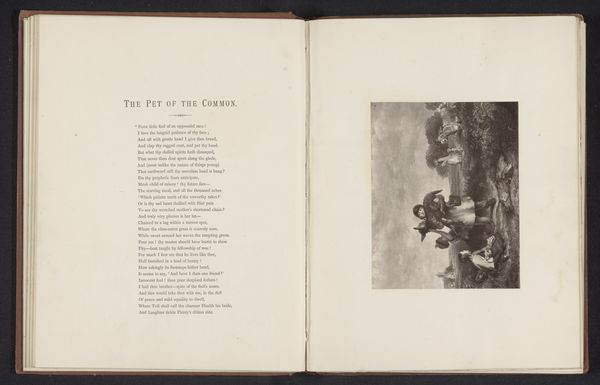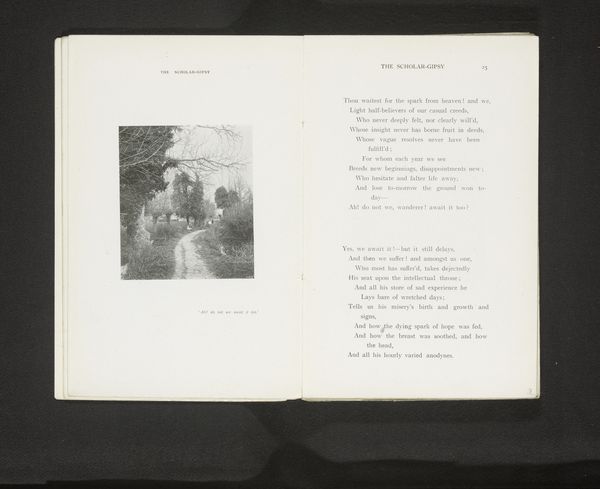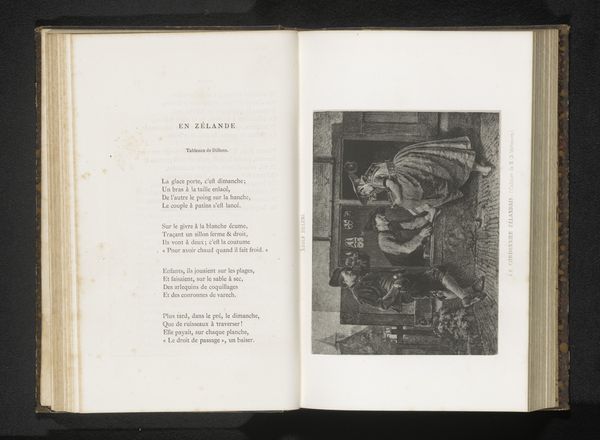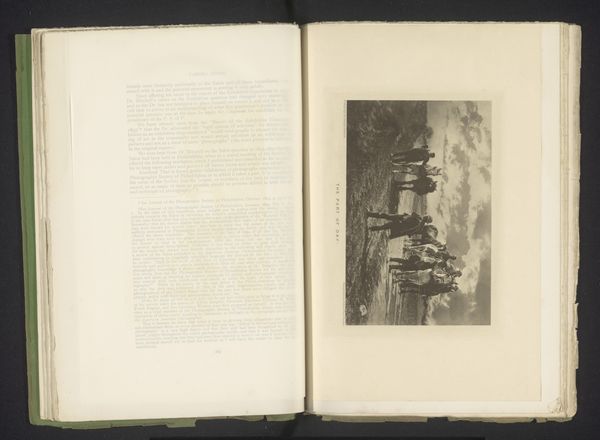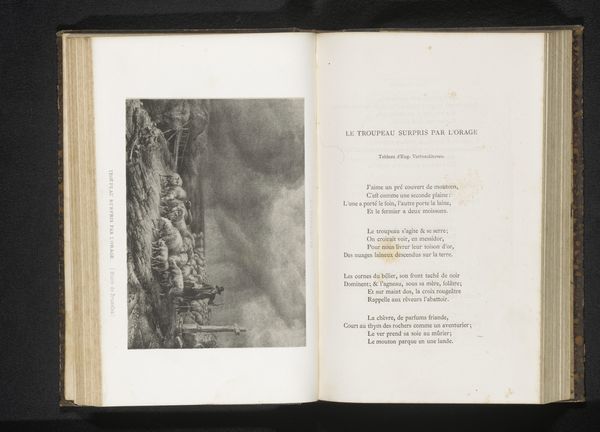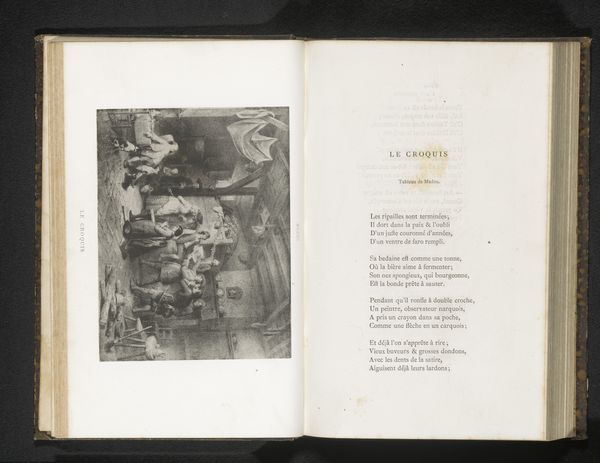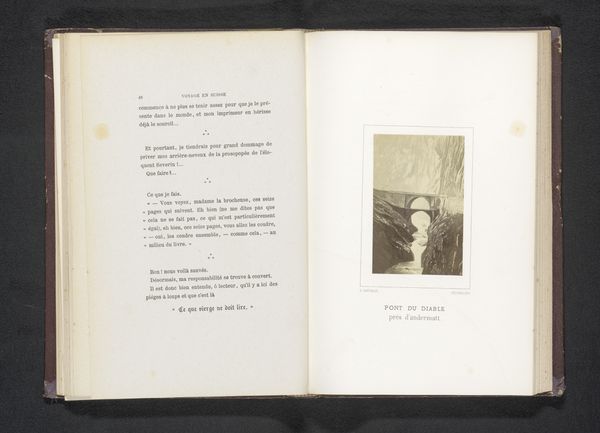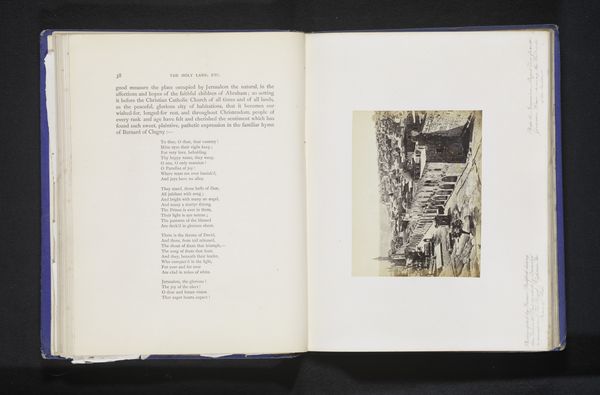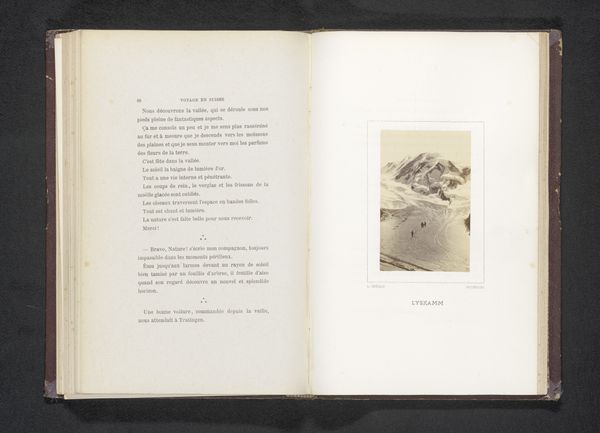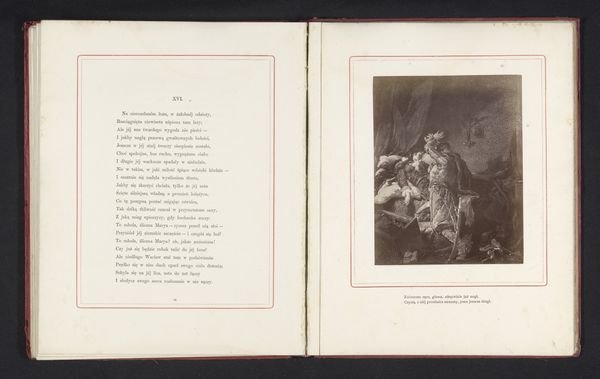
mixed-media, print, engraving
#
mixed-media
#
narrative-art
# print
#
engraving
Dimensions: height 95 mm, width 166 mm
Copyright: Rijks Museum: Open Domain
Editor: Here we have "Reproductie van een werk van Ferdinand Pauwels," which translates to "Reproduction of a work by Ferdinand Pauwels," dated before 1867. It's currently housed in the Rijksmuseum, and is a mixed-media print. The scene is so somber; it appears to depict people fleeing. What strikes you about it? Curator: The choice of mixed media here—the combination of engraving and perhaps other printmaking techniques—immediately tells us something. Consider the labour involved in producing multiple copies. Who was this image intended for, and how accessible would it have been? Was it aimed at generating sympathy for the subject, and what means of distribution were put to service? Editor: That’s a great point; it definitely prompts questions about audience and accessibility. You’re making me think about the work behind its creation, and how the prints were distributed at the time. Curator: Exactly. And further, how does this reproduction function within a larger network of visual culture? It references Ferdinand Pauwels, but it is explicitly "after" Pauwels. This removes some of the aura of artistic genius usually bestowed to singular art objects; consider how this complicates authorship. Who is responsible for creating this image? Whose interests did it serve? Editor: Interesting! So, the focus shifts from Pauwels' original inspiration to the materiality of this print itself, and the processes that allowed it to be disseminated. What would be lost or changed through its creation? Curator: Precisely. We must also think about consumption here. To acquire and possess a print in the mid-19th century, especially a scene conveying a potent historical narrative. What act of solidarity, of political or moral alignment did this image serve, beyond aesthetics? How might its existence be linked to certain ideologies of the day? Editor: This really reframes how I see this piece. It's not just about the aesthetic or the historical event, but also about the work, production, and consumption involved in making this image accessible and meaningful to a specific audience. Thanks!
Comments
No comments
Be the first to comment and join the conversation on the ultimate creative platform.
